latest
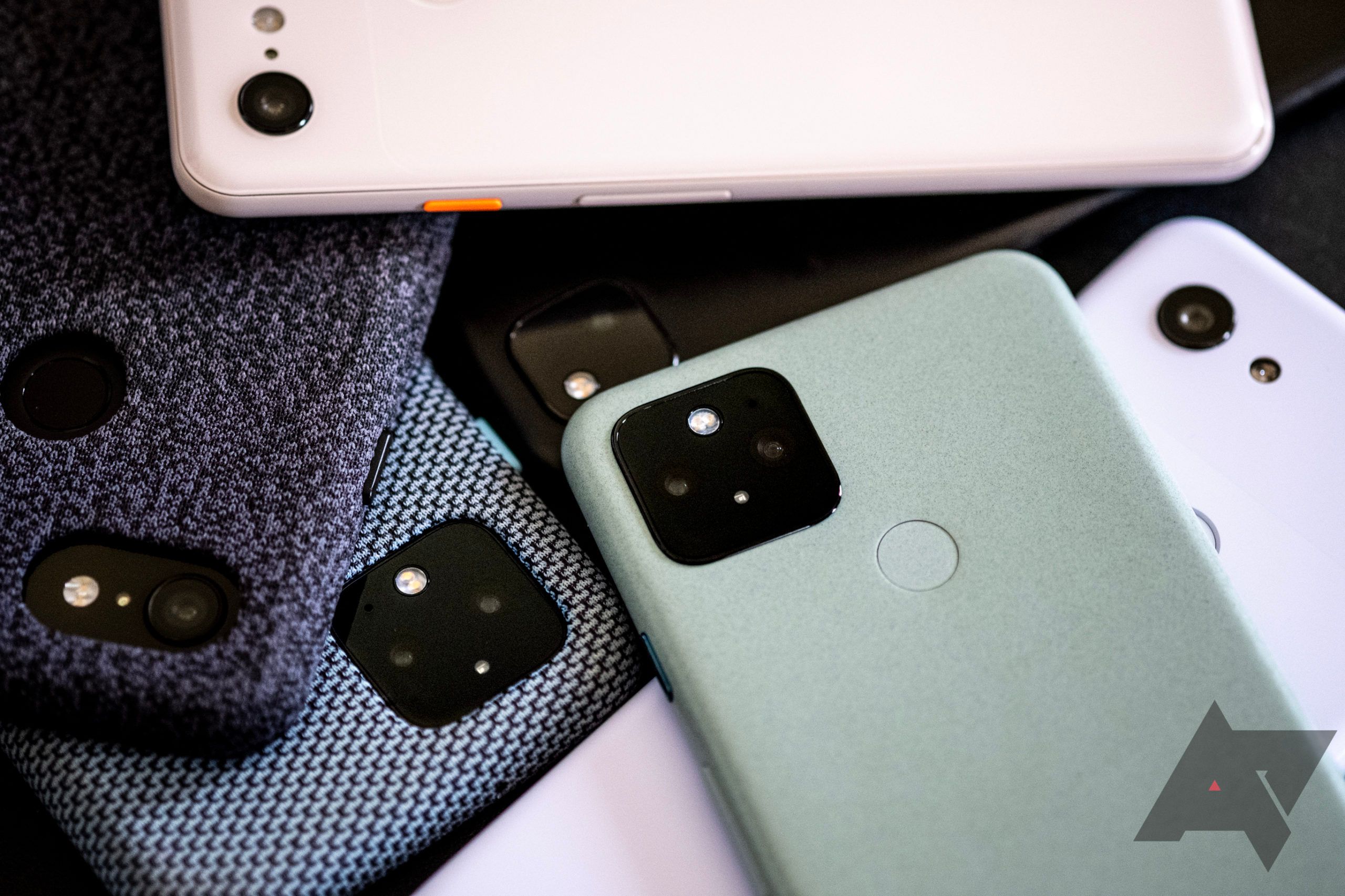
Google finally fixes Widevine bug that broke HD Netflix on some Pixels with the Android 12L Feature Drop update
Restoring Widevine L1 certification widely after a year of playback problems
For nearly the last year, we've seen reports that Pixels are almost randomly losing their Widevine L1 status — a particularly nerdy way of saying they're unable to stream HD content in apps like Netflix. Plenty of causes have been bandied about, but a concrete solution for the issue wasn't clear. Fortunately for those affected, anecdotal reports indicate the Android 12L Feature Drop fixes the issue, and Google confirms to us that the problem was patched in the latest update.
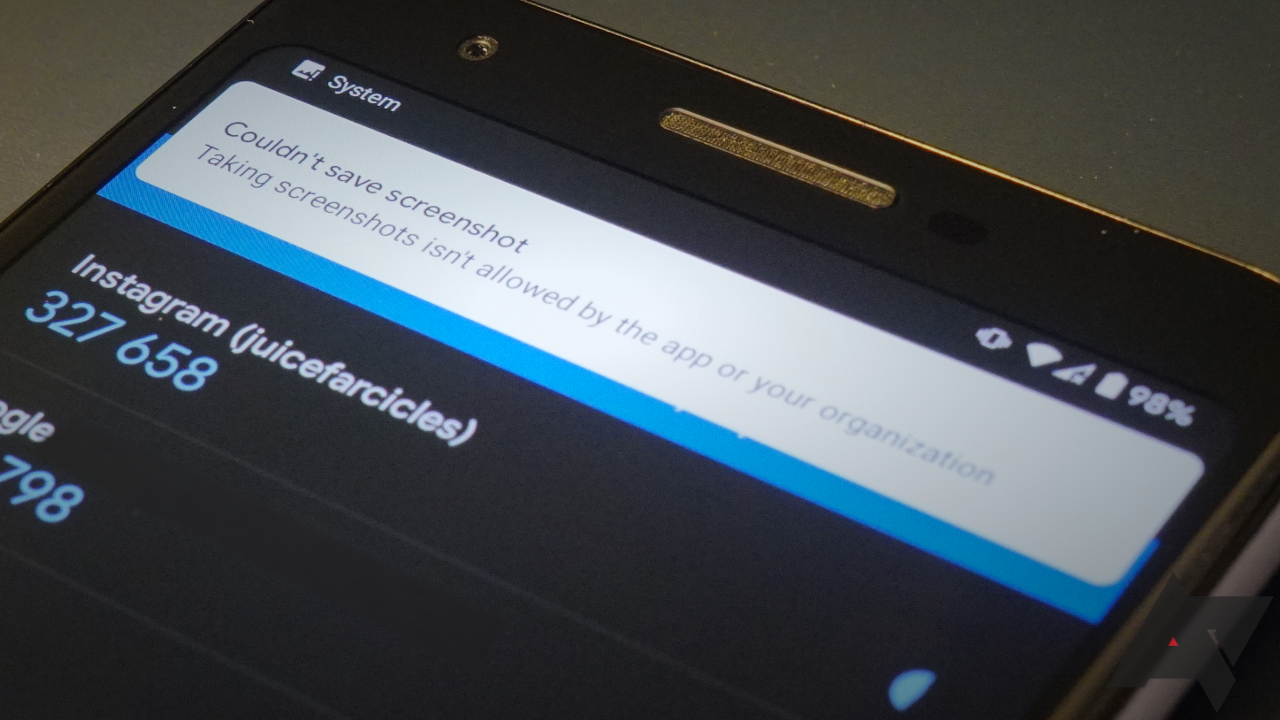
How to take a screenshot in Android when an app doesn't want you to
Second revision: now with more peril!
Read update
Android may be a wide-open world compared to iOS, but there are still some things you just can't do on Google's mobile platform. One of them is capturing screenshots within apps that prohibit the act — either because the screen contains sensitive information or content protected by digital rights management. Lucky, then, that we have a trick up our sleeve called rooting! Yes, even in 2020, it still has utility for the people who need it the most. So, if you'd like to grab a freezeframe to meme up or spoil a drama series or keep some backup passcodes where you can easily pull them out, we've got a way (or three) to do that.
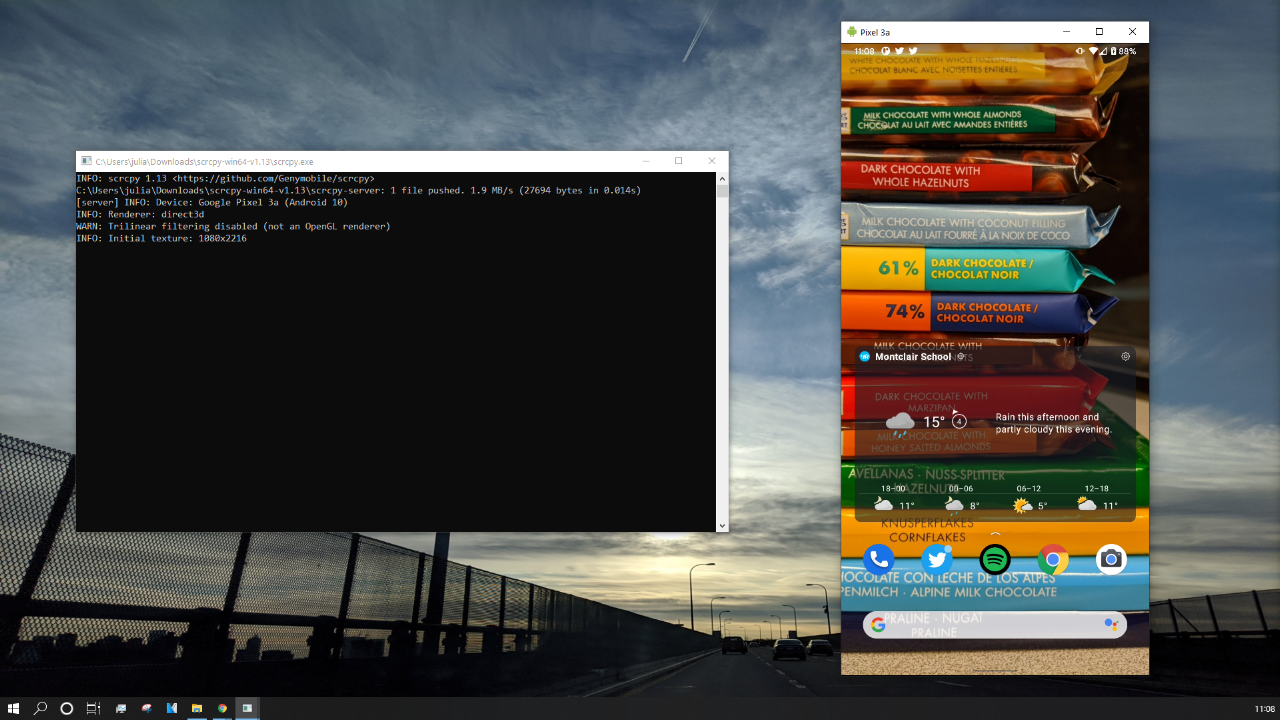
Screen recorder scrcpy gains Android 12 support, but Google severely limited its capabilities
The tool is no longer able to record the screen in restricted apps like password managers
Command line tool scrcpy is probably the most powerful screen recorder for anyone who needs to record their screen in places with restricted screenshots and screencasts, like banking apps, password managers, and co. But on the Android 12 previews, the tool just straight out refused to work. Luckily, the developers found the reason and could work around it in the latest update of scrcpy, v1.18, but you might not like the implications: You'll no longer be able to see blocked apps using the tool.
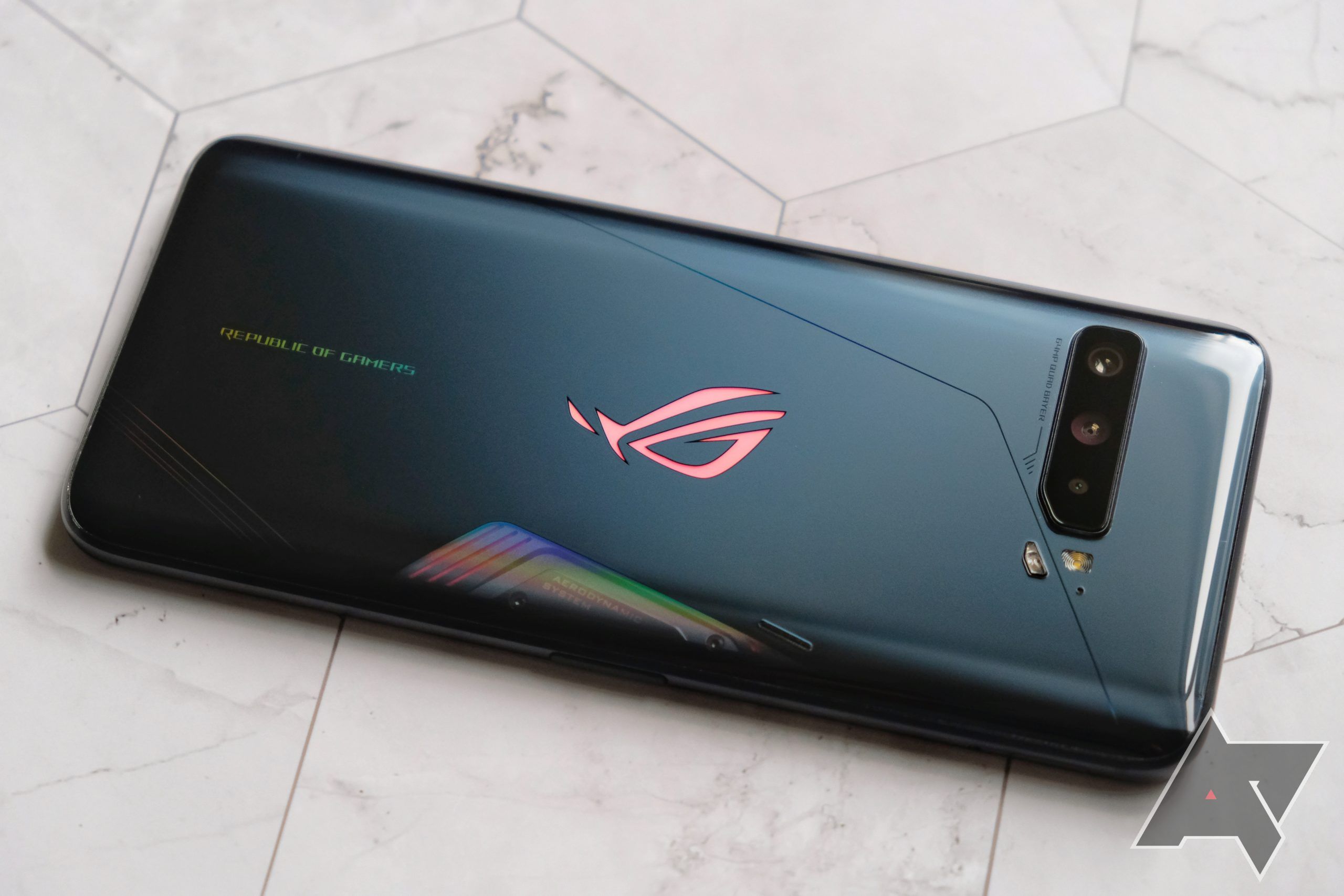
ASUS finally has a software fix for phones losing HD Netflix support
The company previously asked owners to send in their units to get the fix
Some folks using the new ASUS ROG Phone 3 are having issues playing back HD content in certain apps like Netflix. The cause, as some of our more savvy readers might expect, is an issue with Android's Widevine DRM system, with some phone owners reporting that their L1 Widevine state has been lost, relegating them to standard definition playback. ASUS has now fixed the problem with a software update after initially asking customers to send in their phones to get back HD playback.
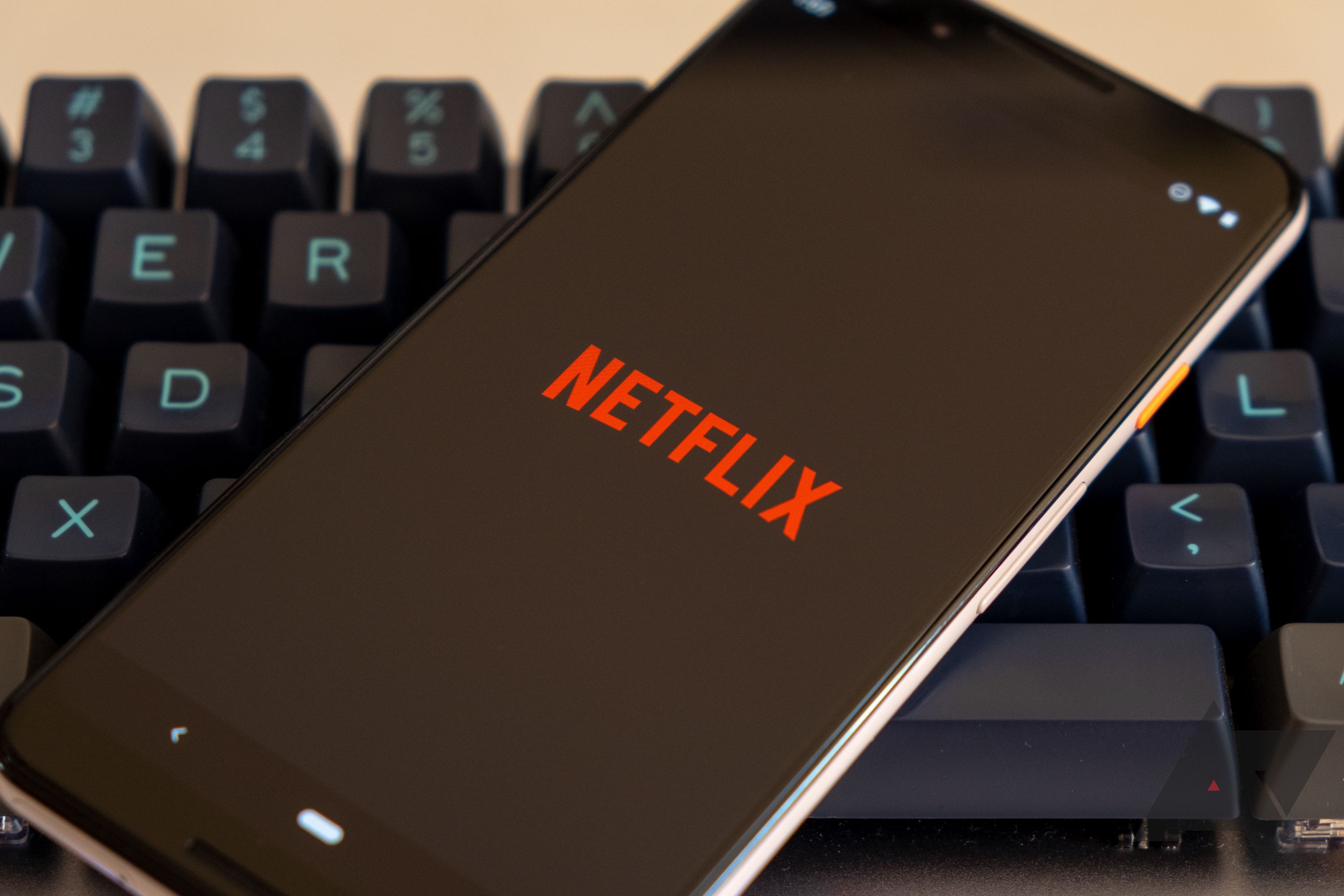
Netflix users are probably familiar with the "Smart Downloads" feature that allows your device to automatically pull down the latest episodes of shows you watch, just in case you end up with a hankering for some TNG or Great British Baking Show later when data is harder to come by. Supplementing this existing feature, we've spotted a new "Downloads For You" feature that expands that functionality to shows and movies you haven't watched yet. Paired with that, the Playback Specification diagnostics screen and in-app brightness controls are also rolling out more widely.
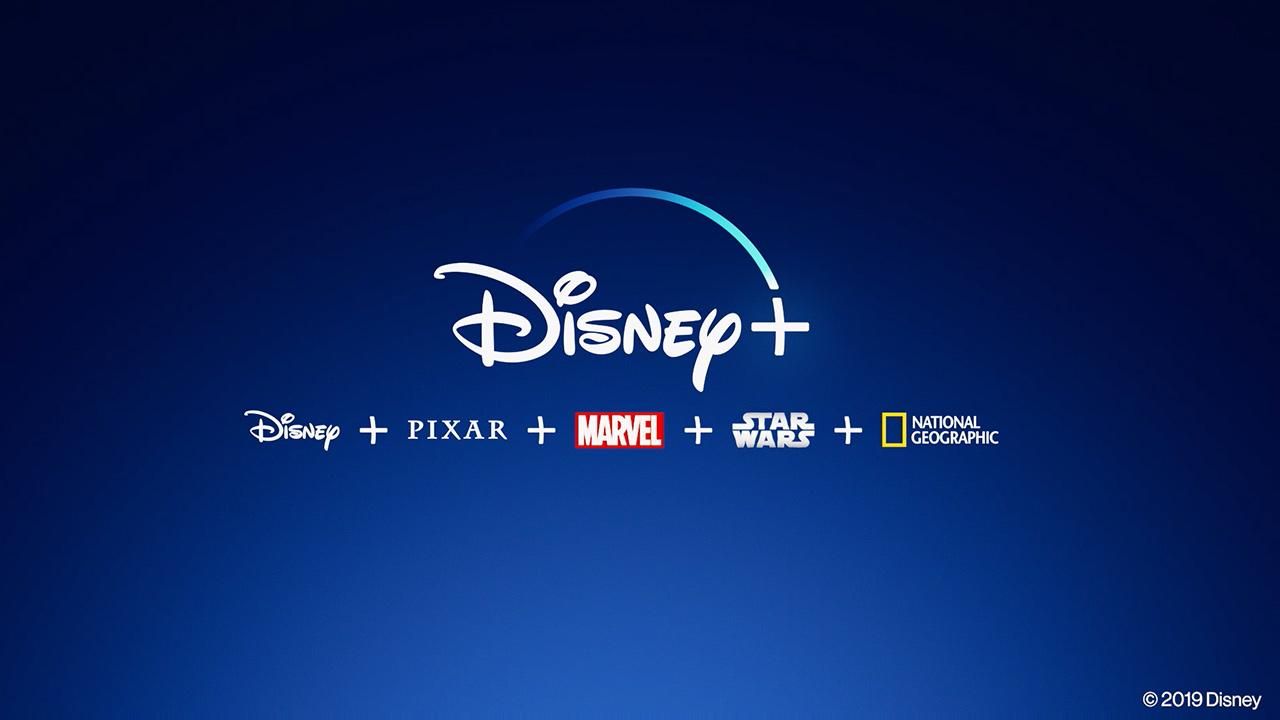
Read update
- Disney has confirmed to Tom's Guide that the Disney+ streaming service will work on Chromebooks and all "certified" Android devices.
Disney, lord and master of almost all entertainment media, will soon grace us with yet another subscription service. It's not taking any chances with you filthy pirates, though. Disney+ will reportedly require the most stringent type of Widevine DRM. So, it might not even work on your device.

Thanks to a recent announcement for Gamescom, Denuvo has revealed Mobile Game Protection, a DRM solution designed to stop cheaters and pirates by protecting mobile games from tampering. This solution does not require the source code, will be available 24/7, and supposedly can be applied to any game with minimal effort. Ideally, this service should appeal to the many free-to-play game devs out there, since these titles are often cracked to unlock the many currencies and paywalls gamers tend to hate. Premium game devs will probably want to get in on the fun as well so that their games aren't leaked across the web for free.

The movie industry wanted to create a universal online locker for digital content when it announced UltraViolet in 2010. The service has limped along for years, but the movie industry is finally reading the writing on the walls. UltraViolet will shut down on July 31st, and shocker, this convoluted DRM scheme makes it confusing to retain access to your purchased content.
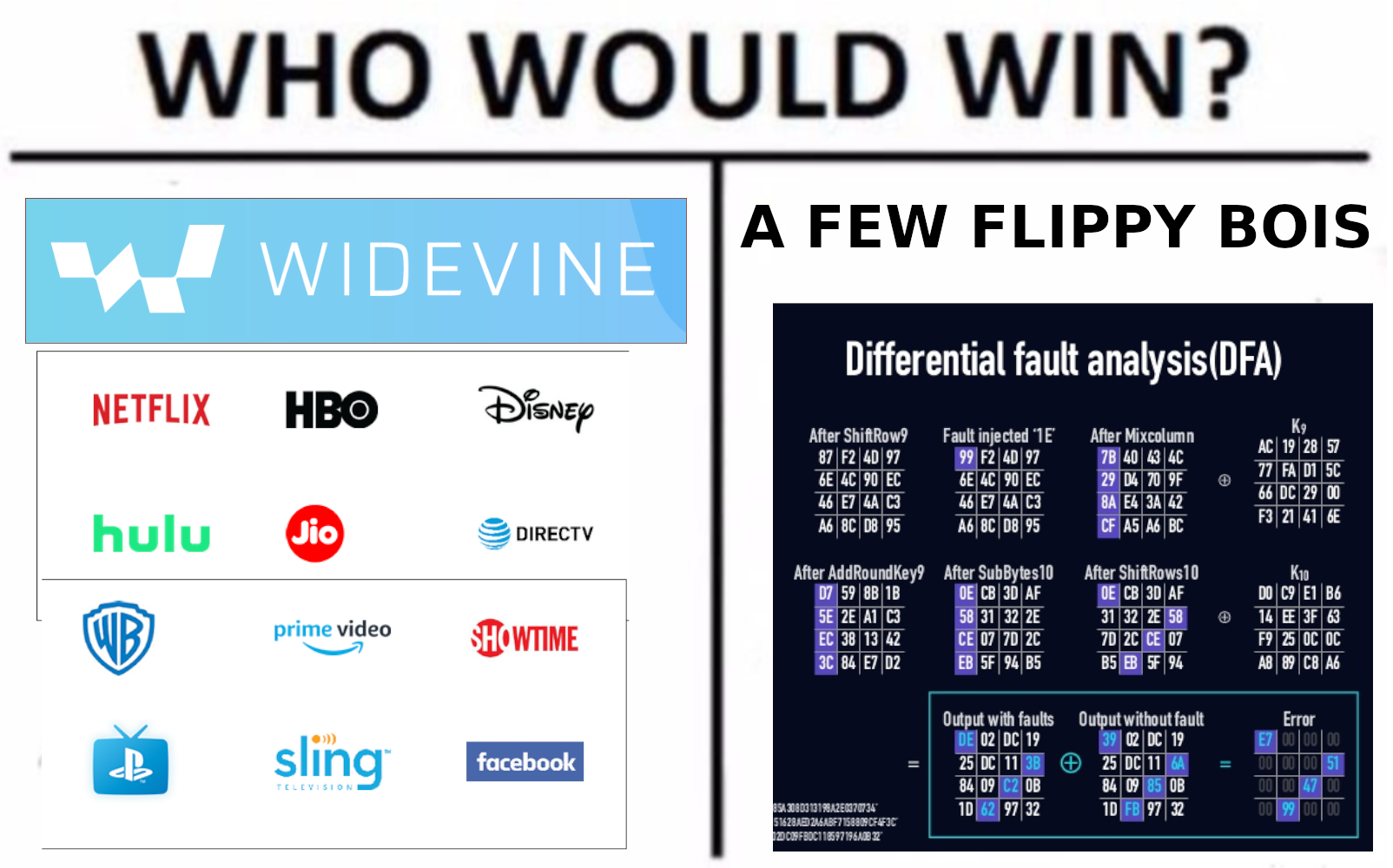
Today's theme seems to be DRM. Security researcher David Buchanan has managed to crack open Widevine L3, one of Google's less secure Widevine DRM implementations used by apps like Netflix and Hulu. Once decrypted, streams using the DRM method can be played back in "plain old ffmpeg" — trivially easily, in other words.
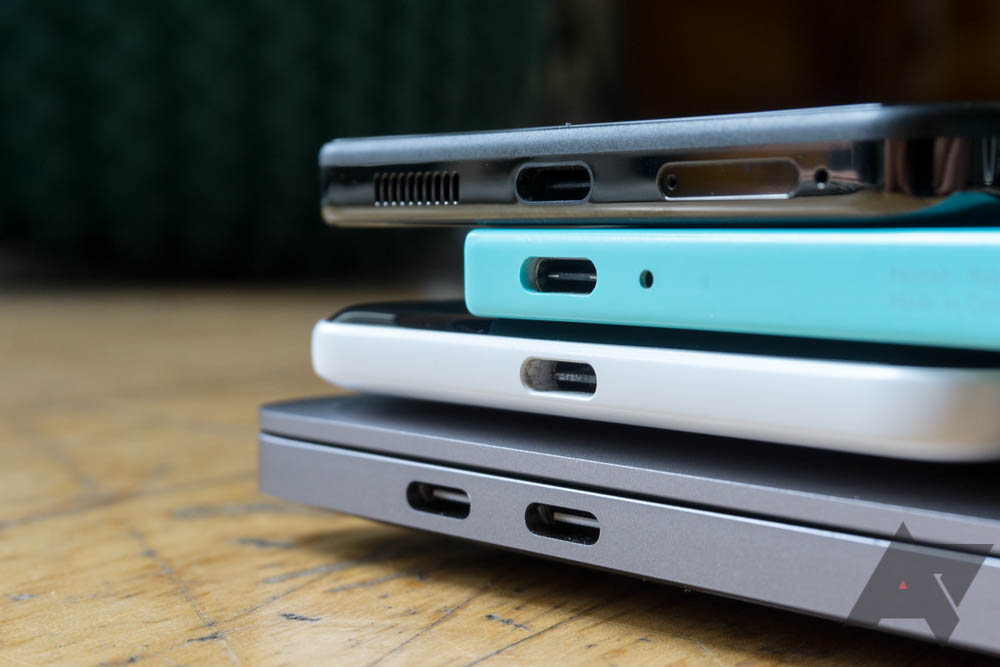
Today the USB-IF, the non-profit behind the USB standard's marketing and specifications, revealed the formal launch of its "USB Type-C™ Authentication Program," originally announced back in 2016. The optional program "defines cryptographic-based authentication for USB Type-C chargers and devices." If that sounds like a thinly veiled euphemism for hardware DRM to you, that's because it is.
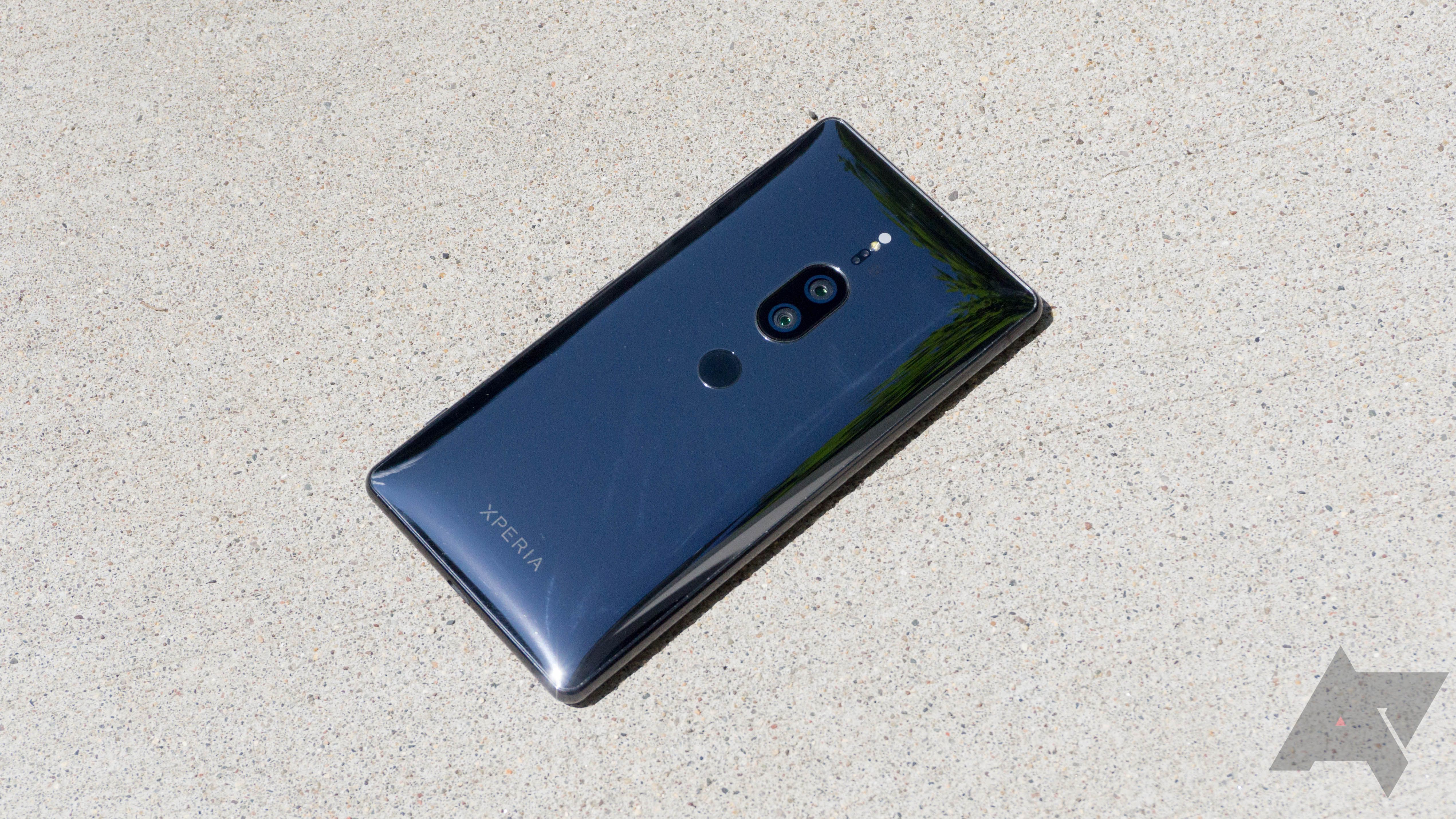
Sony has been kind enough to let Xperia device owners unlock their bootloaders for years. That's an option that fewer and fewer OEMs offer, but it comes with some very real drawbacks in Sony's case. Unlocking an Xperia device would clear all DRM keys, thus turning your camera into hot garbage. There's good news, though. It appears that the Android Pie update no longer cripples the camera on unlocked devices.
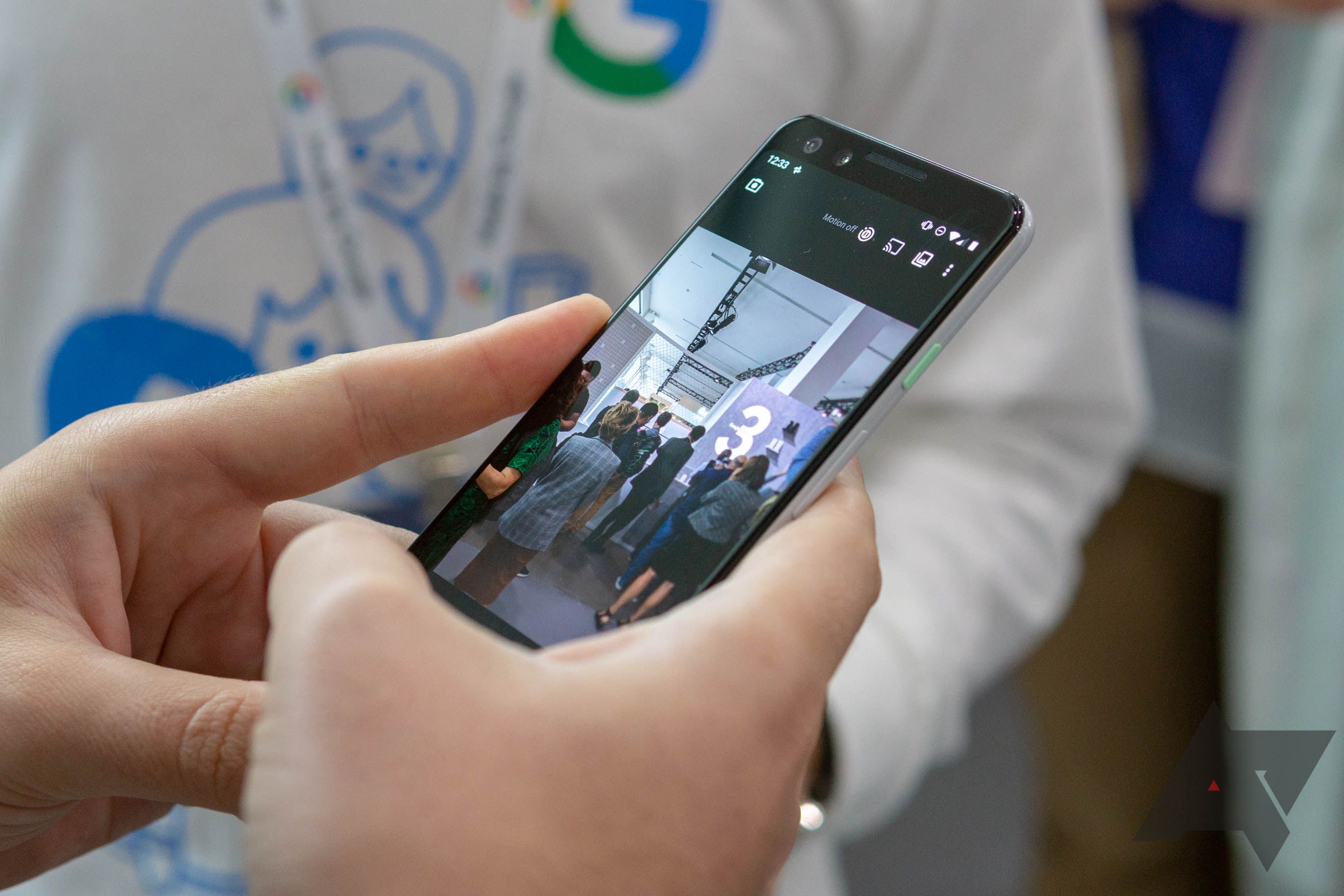
The Digital Millennium Copyright Act (DMCA), a law passed in the United States over 20 years ago, criminalizes the production of technology intended to circumvent DRM. While most people equate this with pirating movies, the law has also drastically affected the technology repair industry, as more and more manufacturers implement DRM designed to limit repair options. For example, recent Mac computers have a chip which makes certain repairs impossible without Apple-authorized software.
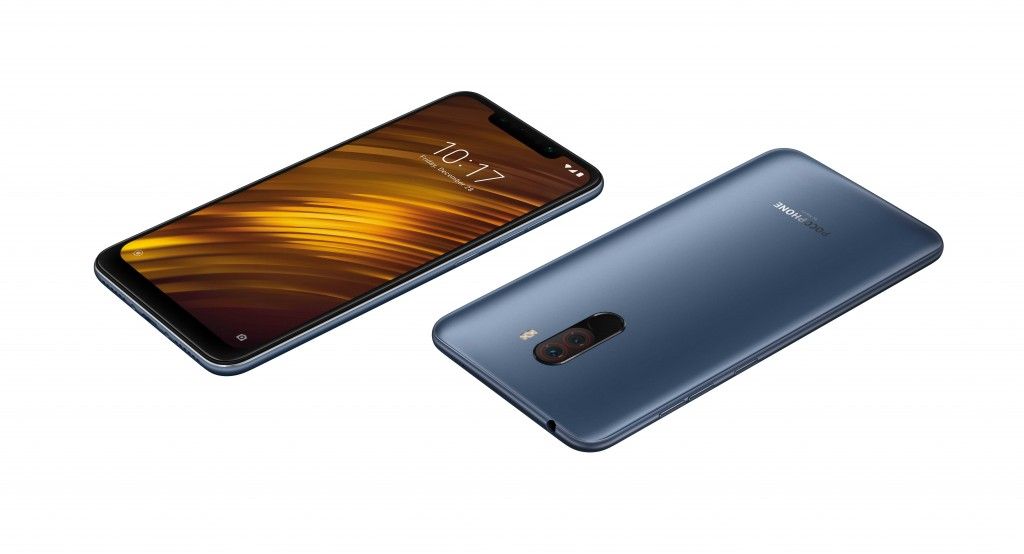
Xiaomi is a huge smartphone maker in many parts of the world, but not in the US. When the company announced its Pocophone sub-brand, there was some hope it could come to American shores. That doesn't appear to be the case, at least not officially. You can already purchase the Pocophone F1 from several US eBay sellers, but there are a few things to know before you do.

Xiaomi's Pocophone F1 has already made waves in the smartphone industry for being incredibly affordable; a ~$300 phone with a Snapdragon 845 processor is virtually unheard of. Budget phones are inherently going to have some tradeoffs, and a less-obvious one has been discovered: lack of support for Widevine L1 DRM.
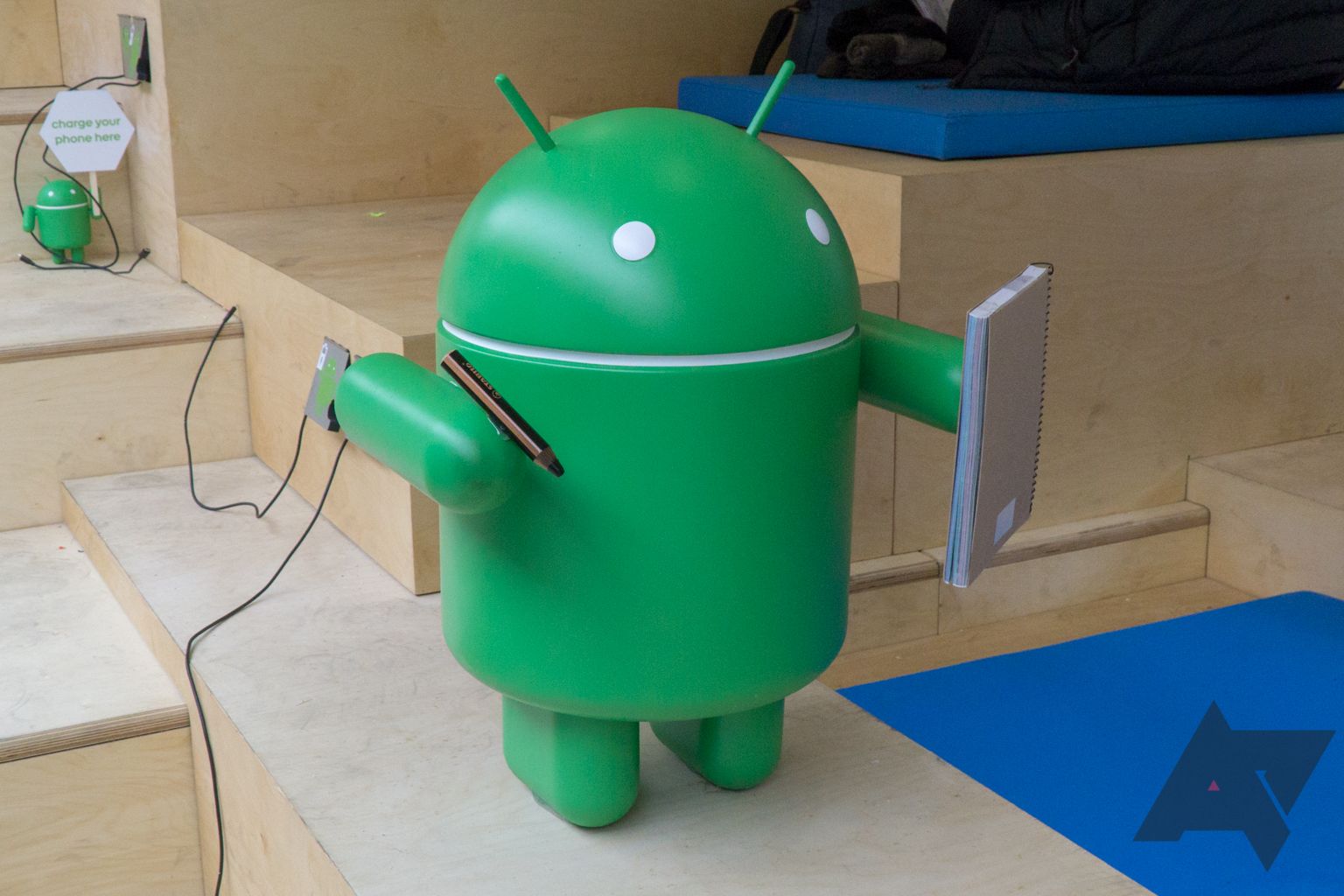
Earlier this month, Google announced that it would start adding metadata to applications downloaded from the Play Store. The metadata serves as proof that an APK originated from the Play Store, allowing devices to verify that the app hasn't been tampered with. However, there is a growing misconception that this is a form of DRM (Digital Rights Management), which simply isn't true.
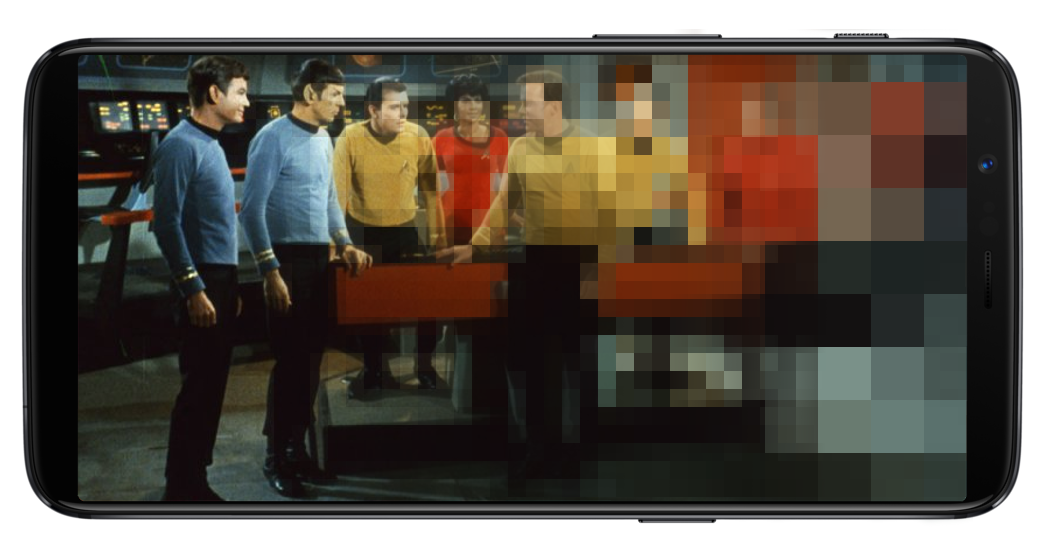
OnePlus' phones are a great value, but they've each individually had a few drawbacks. One negative they all had in common, though, was a DRM deficiency. None of the company's handsets supported the correct Widevine level required for HD playback in Netflix. Distress on the subject came to a head late last year, and OnePlus surprisingly announced that it would add the feature in the future. In a comment on OnePlus' forums today the company confirmed that it was now able to update handsets to support it, but the process will require that you physically send the phone back to OnePlus for the update.

The OnePlus 5T is one of our favorite phones at AP. It's a fantastic value, improving on its predecessor without costing a whole lot more. But there is still one unfortunate disadvantage to using one. Like OnePlus' older phones, it doesn't support the correct DRM level for HD playback on services such as Netflix. But OnePlus has promised us that this will be corrected in the future for the OnePlus 5 and 5T.
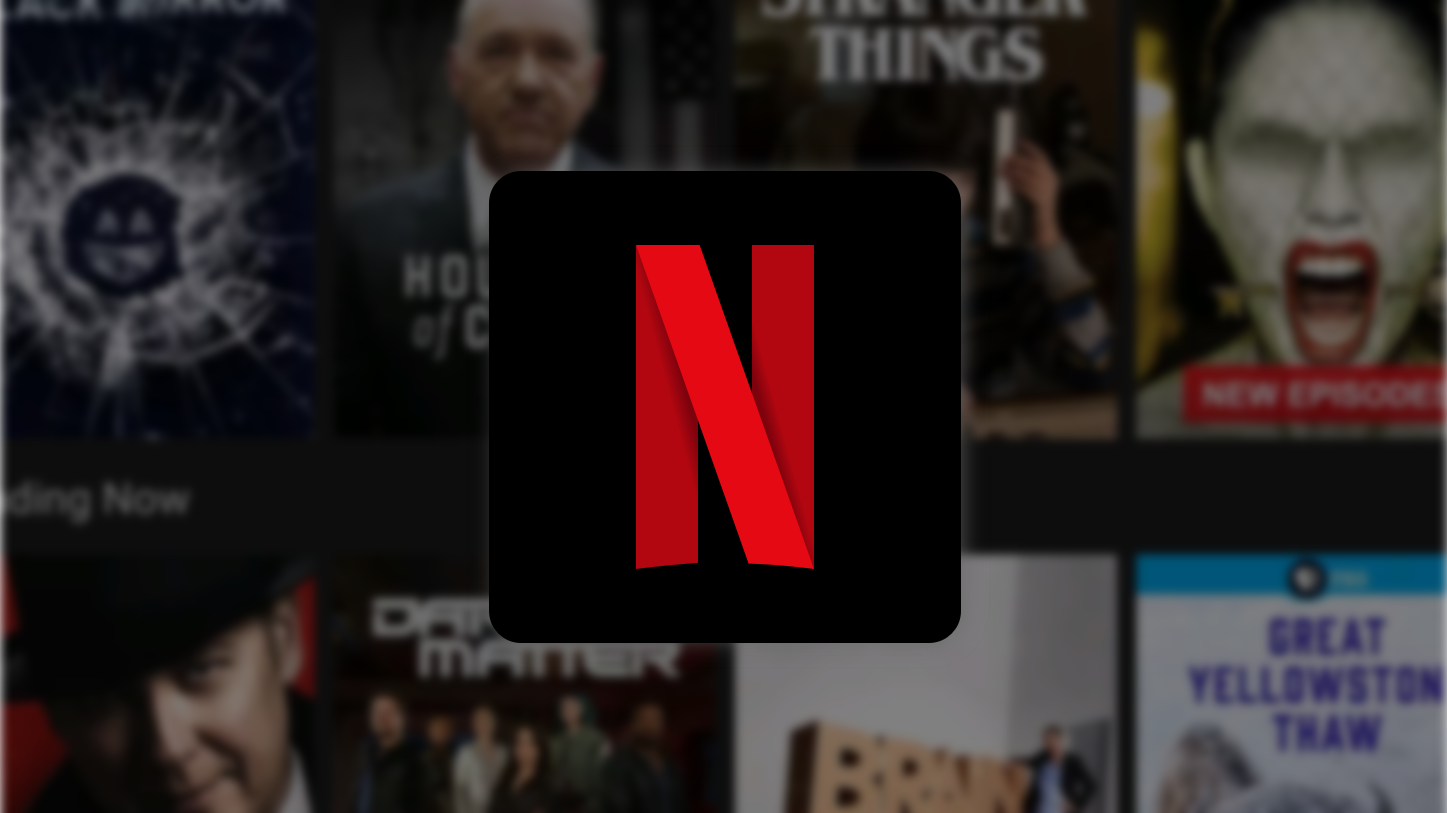
This May, Netflix started blocking rooted and unlocked devices from downloading the company's app on Google Play. It was an unfortunate restriction that locked out many people and stirred up a lot of anger. Over the last week, some of us at AP have started noticing the app reappearing, even though our devices still don't pass SafetyNet/Google Play device certification.
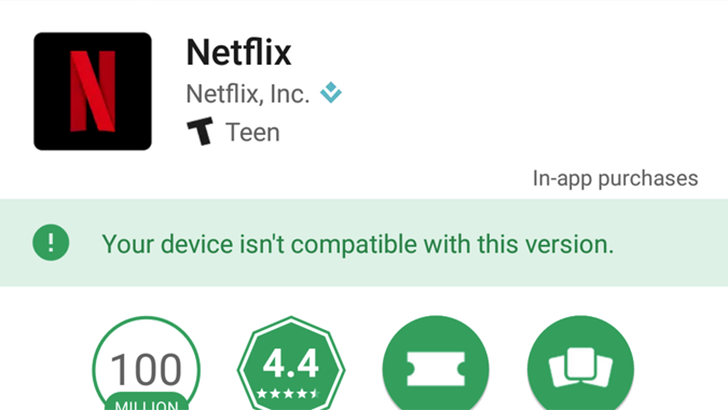
Earlier today, Netflix started showing up as 'incompatible' on the Play Store for rooted and unlocked Android devices. However, the app itself continued to work fine, leading some (including myself) to think it could have been an accident. However, Netflix has now confirmed to us that blocking modified devices from downloading the app was intentional.

You know those scary warnings that show up whenever you unlock the bootloader on a phone? "We can't be held responsible... blah blah... reduced functionality... blah... fiery death... blah blah blah." Sometimes they aren't kidding. Users who have unlocked the new Xperia Z3 Compact have found that low-light camera performance drops considerably. It turns out to be because of DRM in Sony's image signal processing.





